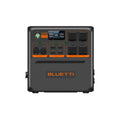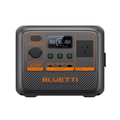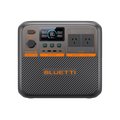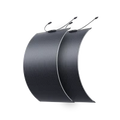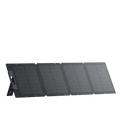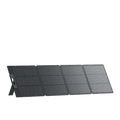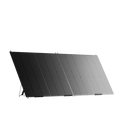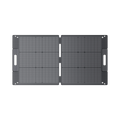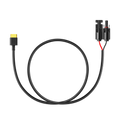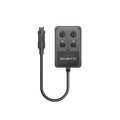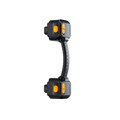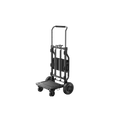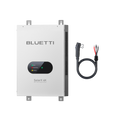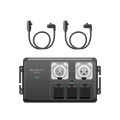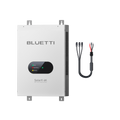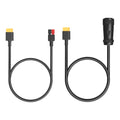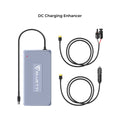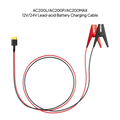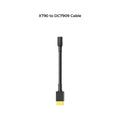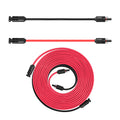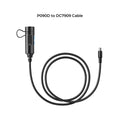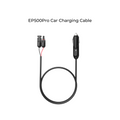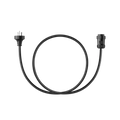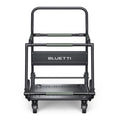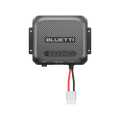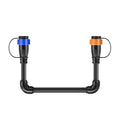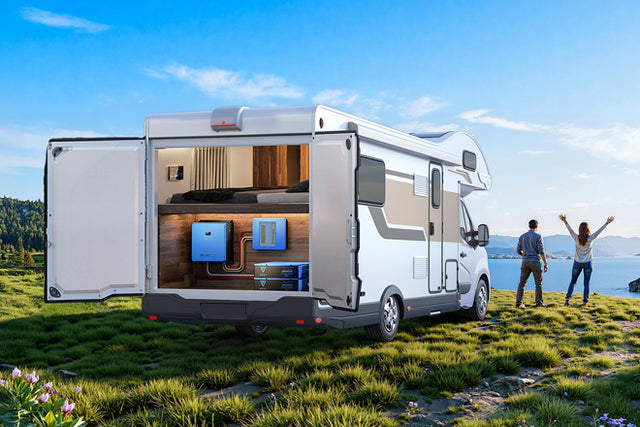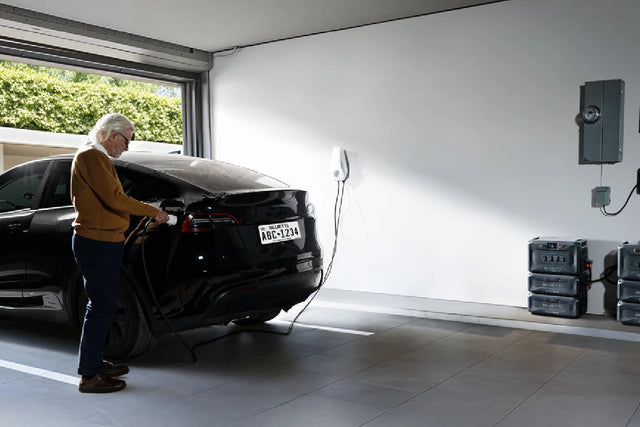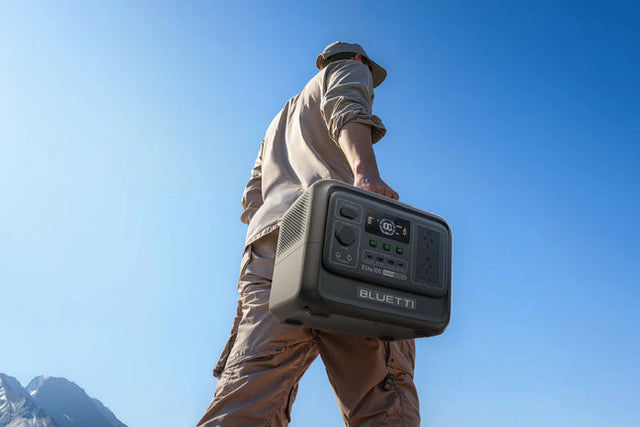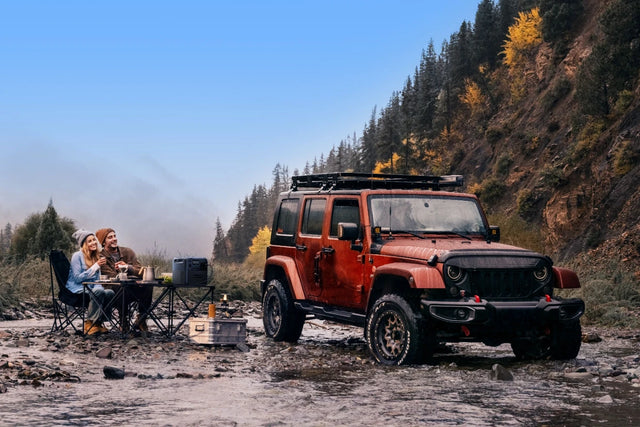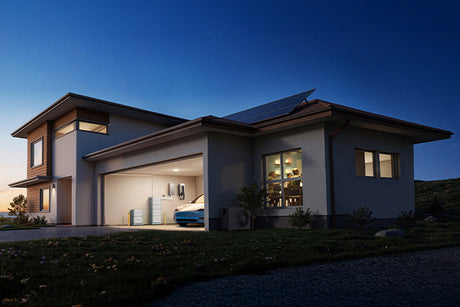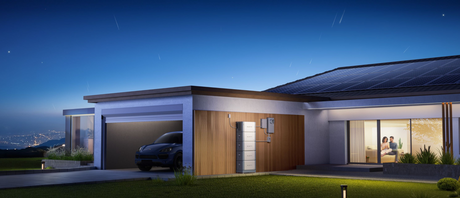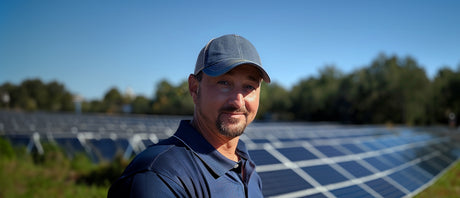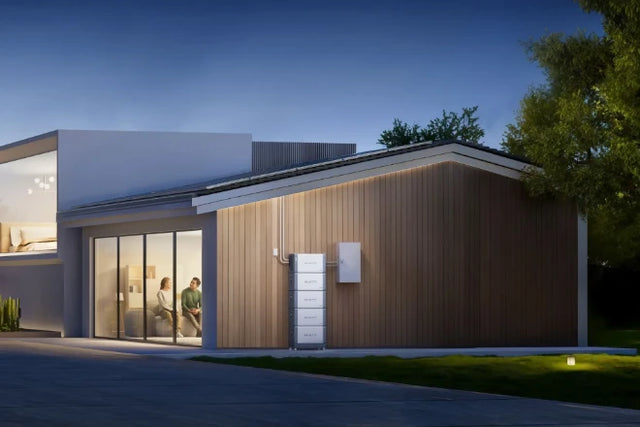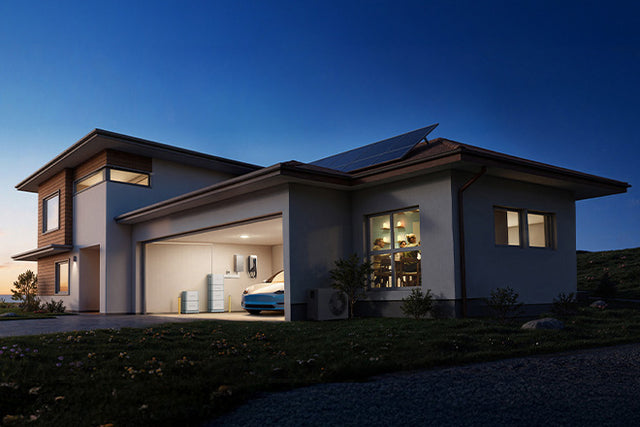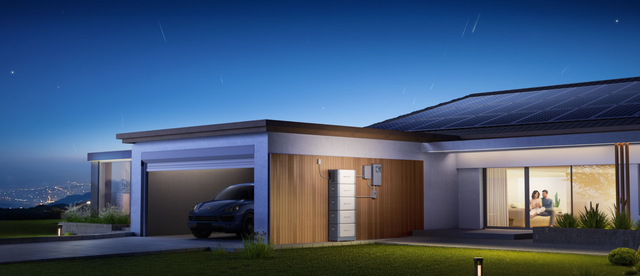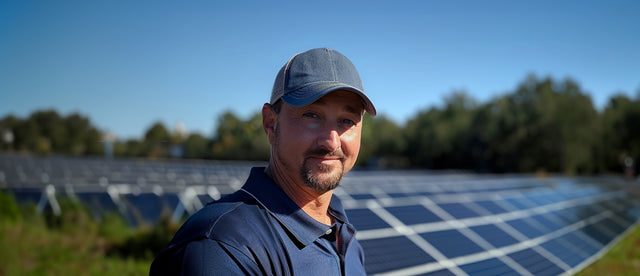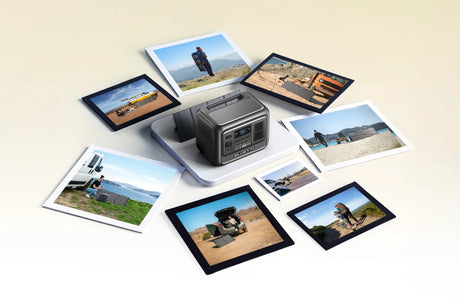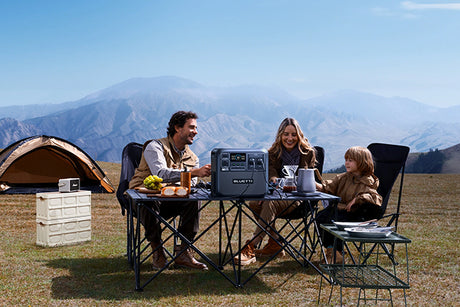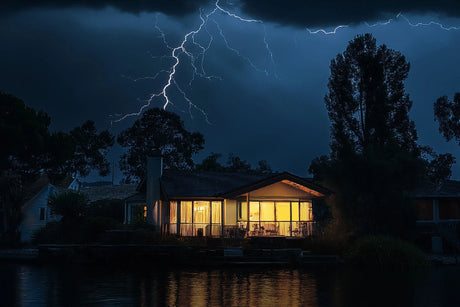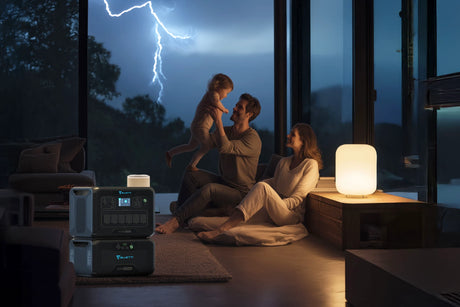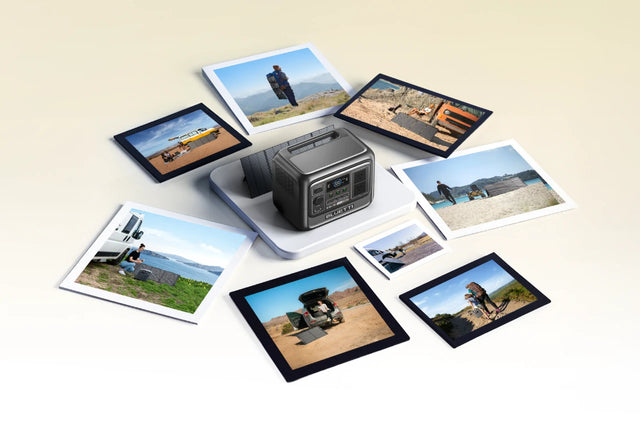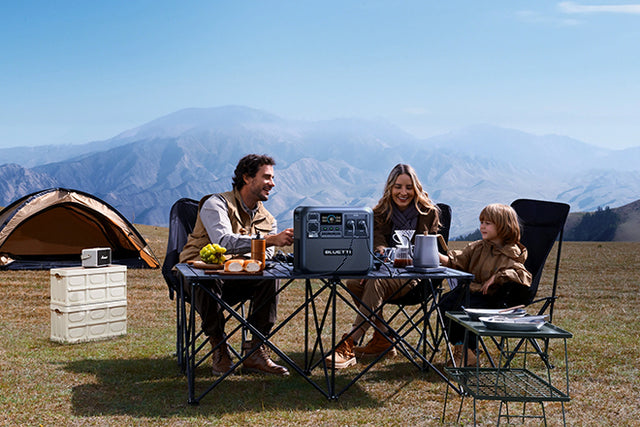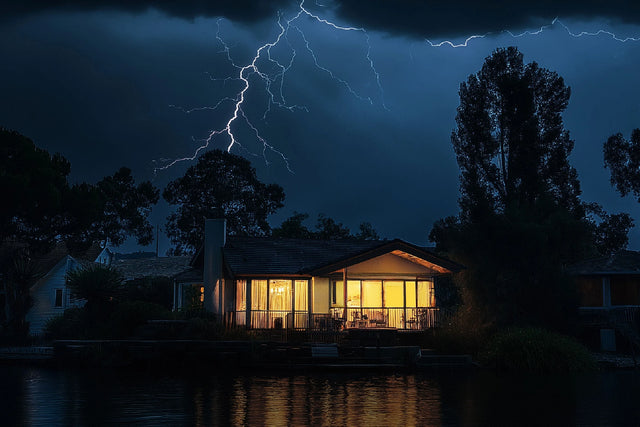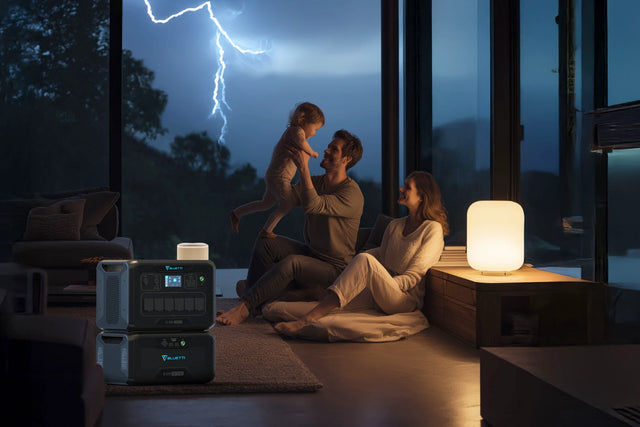Solar panels are a wise investment, but you’ll want to get the most out of them, and cleaning them will help. Learning how to clean solar panels on roof has a direct correlation on energy production, as well. Dirt, dust, leaves, even bird droppings will over time block sunlight and decrease output. If you’ve noticed a drop in performance, cleaning might be the answer. Let’s look at how to clean your solar panel, ensuring it delivers peak efficiency, day in and day out.
How Dirty Panels Impact Your Solar Power Output
Grime is among the worst enemies of solar efficiency. Once you have learned how to clean solar panels on roof, you’ll see how dirt and grime can greatly decrease efficiency. Even a light layer of dust can reduce production by 5 percent and heavier grime, like bird poop or sap, can shade an entire cell. The outcome is a decrease in the amount of energy you produce.
Panels are designed for weather, not continuous blockage. If your array is exposed to road dust, tree litter, salty air or industrial fallout, it’s even more important to keep it clean.
What Causes Dirty Solar Panels?

Knowing what makes your panels dirty lets you know how to clean solar panels on roof and how frequently to do so. The usual suspects are airborne dust, bird droppings, tree sap, leaves, pollution, and pollen. If you live in a place that’s dry or breezy, dust settles fast. If you’re near the coast, salt spray is an issue. And if your panels are stationed under a tree, sap and debris can accumulate quicker than you realize. Rain can wash away light dust, but it will not remove sticky grime. That’s when scrubbing by hand is necessary.
When to Clean Your Solar Panels
If you want to get the most out of your solar investment, you need to know not only how to clean solar panels on roof, but when. The optimal time to clean them is in spring and autumn, when the sun is not too harsh and the gunk from shifting seasons reaches its peak. But if you live in a dry, dusty or coastal area, you may need to wash them more frequently. Monitor your inverter or solar monitoring system. A sudden decrease in energy production, particularly on sunny days, is often the best sign that dirt may be to blame.
Signs Your Panels Need Cleaning
If you are not sure whether your system is in need of some care, watch out for these red flags:
-
Your energy bills are rising despite consistent usage.
-
You can see visible dirt, bird poop or leaves from the ground
-
Your solar monitoring app is displaying poor performance
-
One of the panels is noticeably less bright than the others.
Next, let’s look at what to do and what not to do when dealing with how to clean solar panels on roof.
How Often Should You Clean Your Solar Panels?

When it comes to how to clean solar panels on roof, there’s no one-size-fits-all timeline. For most homes, twice a year is sufficient. But if you have heavy amounts of dust, smoke, leaves, or animals near them more often, you may need to clean more frequently. Homes with high-output systems with battery storage may require inspections every two years or less. Maintaining clean panels will protect your entire energy ecosystem, from generation to storage.
If you’re wondering how to clean solar panels on roof by yourself, you’ll be relieved to know it’s absolutely something you can do, if you follow the correct steps. Much of the time, special chemicals or tools will not be required. What counts is tenderness, safety and continuity.
Best Practices For DIY Solar Panel Cleaning
Before you get started, here are the tools you will need for how to clean solar panels on roof:
Soft Brush or Squeegee (with a long handle, if possible): A brush like those made for solar panels or for washing cars. They both have soft bristles made so as not to scratch the panels! A decent squeegee can also be great for water spot-free cleaning.
-
Garden Hose with spray nozzle: Do not use high-pressure power washing systems. They can damage the panels. It takes no more water pressure than your typical garden hose for rinsing off.
-
Bucket(s): To fill with water and cleaning solution.
-
Mild Soap/Non-Abrasive Soap: Dish soap or special solar panel cleaners work wonderfully. Do not use strong detergents, abrasive cleaners, or cleaners containing ammonia.
-
Clean, Lint-Free Cloths or Microfiber Towels: For drying when and as necessary, especially if you want the resultant finish to be as pristine as possible.
-
Ladder: Make sure it stands as solid and secure as possible. How to clean solar panels on roof is the priority while working at heights, and safety is paramount.
-
Safety Equipment: Gloves, non-slip shoes and possibly safety goggles.
Step-by-Step Guide on How to Clean Solar Panels on Roof
Here is how to clean in a safe and effective way:
Step 1. Ensure Safety Comes First
Do not even consider how to clean solar panels on roof without first evaluating whether the conditions are safe to do so. Never try to wash panels on a wet, slick roof. If your panels are on a steep tilt, hard to reach, or you don’t like working at heights, it’s better to call in a professional. If you are prepared to go ahead, make sure that you ladder is quite steady and that you have sturdy slip-resistant footwear.
Step 2. Choose The Right Time
Clean your solar panels in early morning or late afternoon, on a cloudy day, or when the temperature of the panels are cool to the touch. Thermal shock can crack the glass, when using cold water on a hot panel. It also makes water evaporate too fast, so it leaves streaks and mineral deposits. This is important to know how to clean solar panels on roof efficiently.
Step 3. Initial RInse
First things first, make sure that you really rinse the panels. Rinse them well with your garden hose. This initial rinse is needed to remove loose dirt, dust, and any large debris such as leaves or bird droppings. Start at the top of the panels and work down so the muck will be driven off by gravity.
Step 4. Apply Cleaning Solution
If your panels are extra dirty, whether it’s because of bird droppings or just a dirty film, you can combine a small amount of mild, non-abrasive soap (dish soap, or a dedicated solar panel cleaning solution) with your water in the bucket. Then simply put some of this solution onto the panels with your soft brush or a sponge.
Step 5. Scrub Gently
Just gently scrub your panels with your soft brush, or your squeegee. Use with light pressure, work section by section until entire surface is wiped. For really stuck-on spots like bird droppings, you may want to let the cleaning solution soak a few minutes to soften the grime before delicately rubbing.
Step 6. Final Rinse
After you have scrubbed down the panels, give them a final rinse with your garden hose. Once again, work from top to bottom and do not leave any soapy film. Soap will attract dirt and leave streaks.
Step 7. Air Drying
You can usually allow the panels to air dry. If you have hard water or simply want to ensure your shower door is absolutely free of streaks, follow up by using a squeegee to wipe away any excess water. After each pass, the blade is wiped to keep from streaking. After it dries, examine for any remaining streaking, or in your case some splotches. Repeat on any missed spots if needed.
Adhering to these steps and you will be on your way to knowing how to clean your solar panels system and make it continue out long. Do this every 6 months or so, depending on your environment. If you don’t feel comfortable with safety or don’t have access to the roof, leave this task to a pro.
What Not to Do When Cleaning Solar Panels
To know how to clean solar panels on roof, you need to know what not to do. Mistakes can ruin your system or void your warranty. Here’s what to avoid:
-
Do not use pressure washers. They can crack or loosen panels.
-
Avoid using abrasive chemical compounds or detergents that may scratch the glass or frame.
-
Don’t wash panels when the sun is at its brightest. It leads to streaking and water spots.
-
Do not walk on the panels because they’re not constructed to bear body weight.
-
Under no circumstances should you clean while the system is on.
Hiring a Solar Panel Cleaning Professional

If you don’t know how to clean solar panels on roof safely on your own, hiring a pro might be a smart move. Professionals are equipped with specialized tools, purified water systems and experience with a variety of panel types. This is particularly useful for high ceilings, large commercial applications as well as fragile systems. They will scrub more efficiently and check your panels for things like cracks, corrosion or mounting issues. Some services provide maintenance packages so you never have to worry about it.
How Much Does It Cost To Get Solar Panels Cleaned?
Prices depend on the size of your system, how easy it is to access and where you are. On average, a residential system will cost between $100 and $250. Commercial installations may cost more. For some businesses, the price might be per panel, while others might have flat-rate packages available.
If you’re tight on a budget and you’re confident, you can save money by learning how to clean your own solar panels. But in the case of high roofs or systems that are hard to get to, a pro could be worth the investment.
Cleaning Under Solar Panels
If your panels are mounted with a gap beneath them, you might see dirt, leaves or even critters taking up residence under your array. Part of learning how to clean solar panels on roof, though, is also simply keeping the area around your solar panels clean so that debris doesn’t gather and air can flow.

Sweep out from under the panels with a soft brush or blower. Do not keep water under unless you know the mounting pattern and electrical insulation. For panels with microinverters, or if the wiring is visible, it’s better to pay a pro who understands the electrical layout and won’t risk damage.
BLUETTI Solar Battery System
Wondering how to clean solar panels? With the right system, you won’t need to worry about squeezing out every drop of efficiency. The BLUETTI SolarX 4K solar charger controller supports up to 4000W of fast solar charging when paired with the D400S module, and delivers lightning-fast performance — 80% charge in 40 minutes, 100% in just over 2 hours.
To store all that energy, the BLUETTI Apex 300 solar battery is the perfect match. It supports up to 6400W PV input per unit, and even more when used in a triple-unit setup — up to 19,200W, fully charged in as little as 1.1 hours. It’s also compatible with 120V/240V fuel generators, supporting up to 11.52kW AC charging.
So instead of worrying about dirty panels, just focus on the power. BLUETTI SolarX 4K + Apex 300 gives you speed, flexibility, and clean energy — anytime, anywhere.
FAQs
Does rain clean solar panels effectively?
Rain can get rid of tiny dust particles and loose dirt, but it tends to scatter mineral deposits and crusty dirt from rainwater on concrete, stucco, glass, metal, and other nonporous surfaces. It is less effective in areas with hard water, on things like mulched beds, or after a long dry spell.
Can I use tap water to clean my solar panels?
Yes, but if your tap water is mineral-heavy (hard water), it may dry leaving streaks or spots. For a completely clear look, use de-ionized or distilled water, but ordinary tap water will suffice as long as you know how to clean solar panels on roof.
How often do solar panels need to be professionally cleaned?
For most home solar systems, every 1-2 years is reasonable. Especially in extremely dusty or smoggy conditions, or where birds frequent, professional cleaning may be of benefit at closer intervals.
Is cleaning my solar panels going to void my warranty?
You can void your warranty by using improper cleaning solutions (e.g., abrasive cleaners or pressure washers). But if you are prepared to take the risk and you learn how to clean solar panels on roof using a soft brush, mild soap, and a hose per the guide, you should be fine and it should not void the warranty. Always check your manufacturer's guidelines.
How many energy units can I save by cleaning dirty solar panels?
Dirty panels reduce efficiency by 5% to 25%, and even more in some cases. However, periodic cleaning can bring back this loss factor, and with it, you can enjoy the system's full potential power output.
Shop products from this article
Be the First to Know
You May Also Like
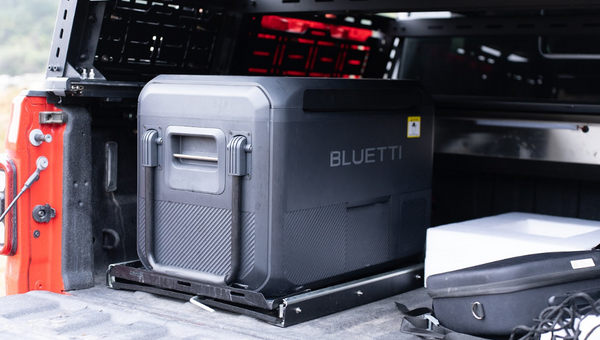
Let’s discover what you understand by a 12V fridge, its merits, its demerits, and whether it suits you or not. Also discover BLUETTI 3-in-1 Fridge Freezer.
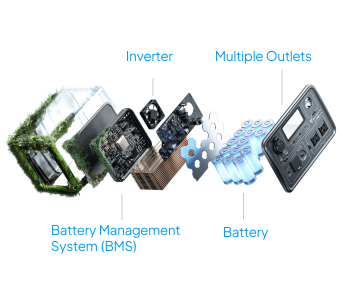
Looking for a reliable power pack for camping, travel or phone charging? Discover the best lithium power packs for all your needs, including BLUETTI’s EB3A, AC2A and AC50B.
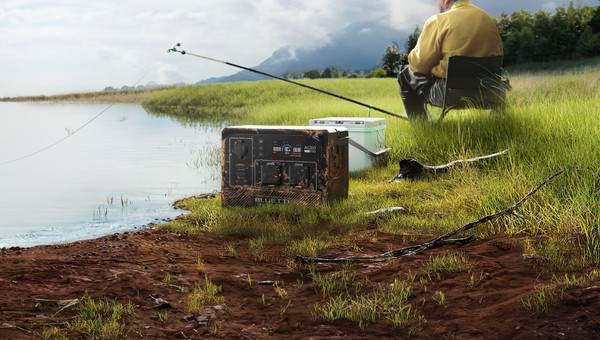
Discover what IP ratings are and how to select the ideal protection degree for phones, power stations, outdoor equipment, and industrial devices.


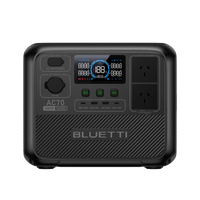
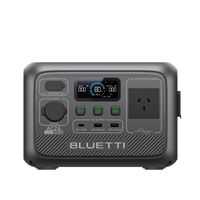
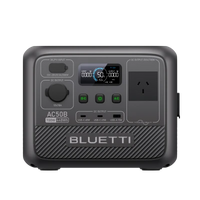

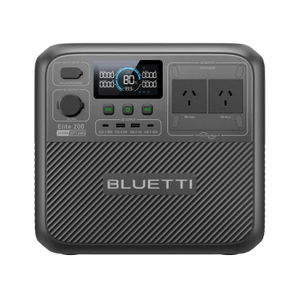
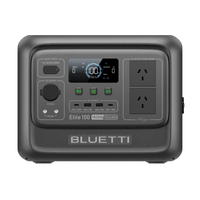
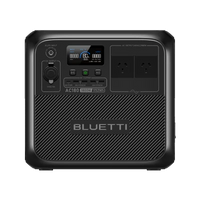
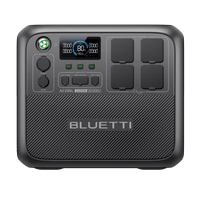
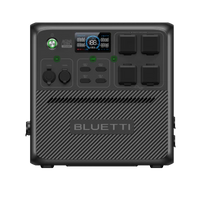
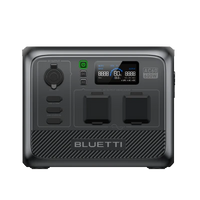
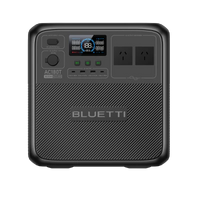


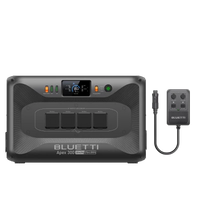

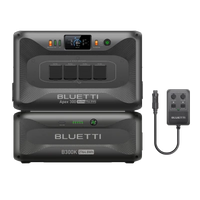
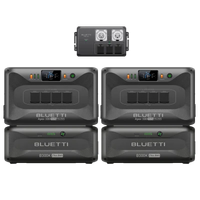
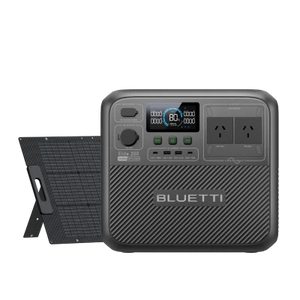
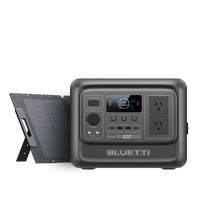
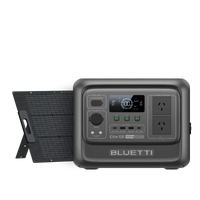
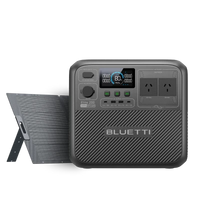
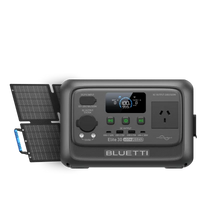
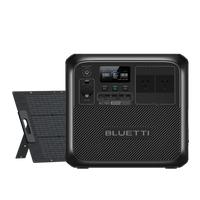
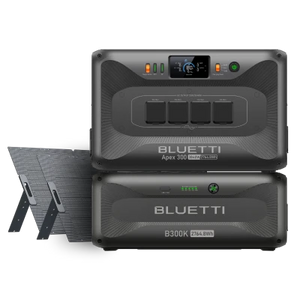
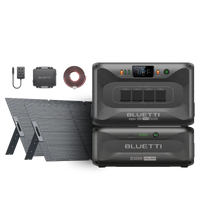
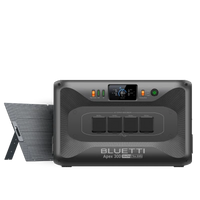
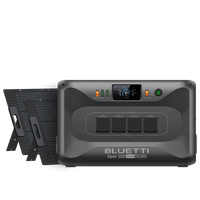
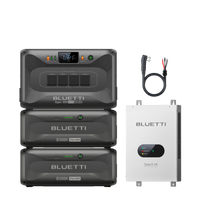

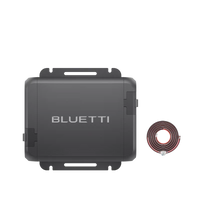
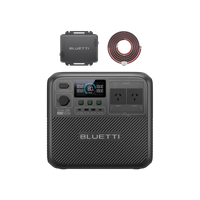
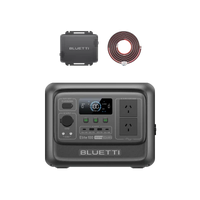
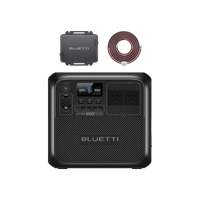
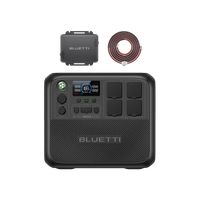
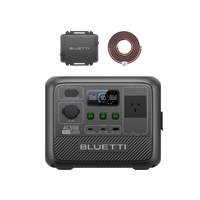
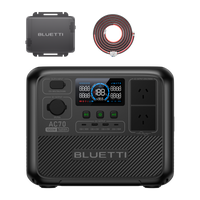


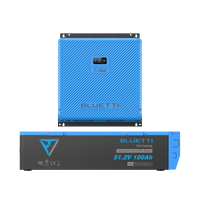
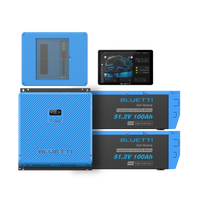
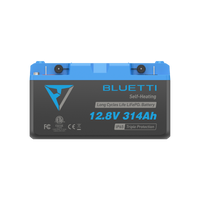
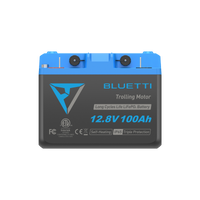
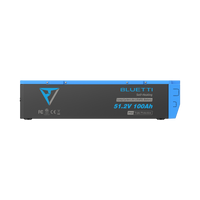
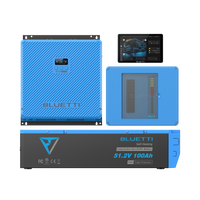
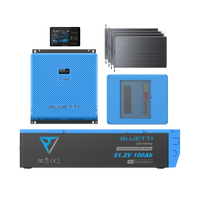
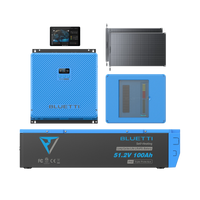
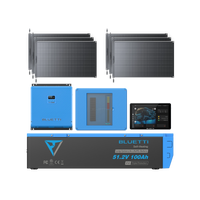
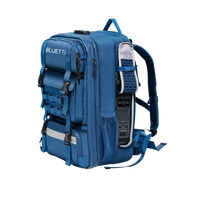
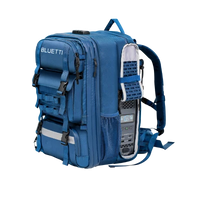
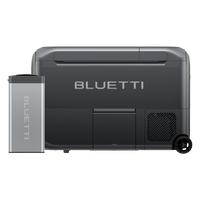
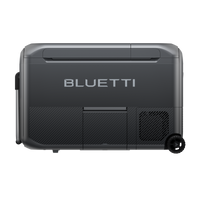
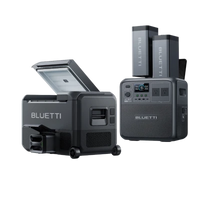
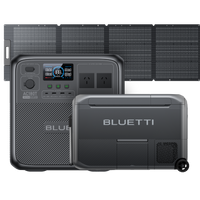
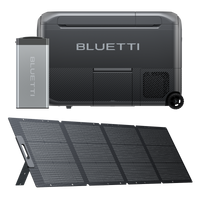
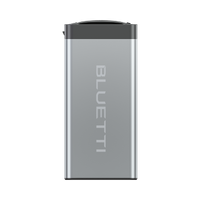
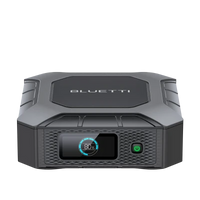
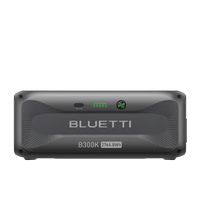

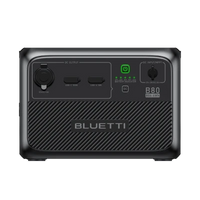
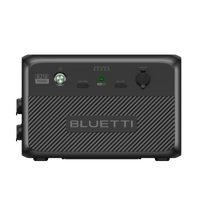

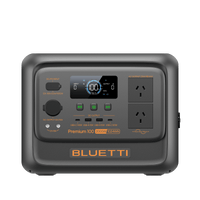
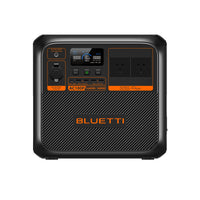

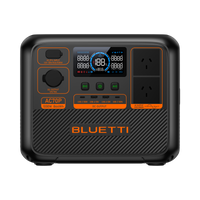
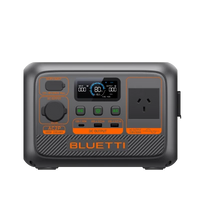
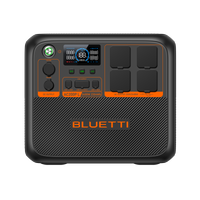
![[Phased Out] BLUETTI B80P Expansion Battery | 806Wh](http://www.bluettipower.com.au/cdn/shop/files/202310025B80P_2000-2000px_4_4caa0c1c-4dab-4272-9e9b-2b7507e5bd81.jpg?v=1713777870&width=200)
![[Phased Out] BLUETTI B210P Expansion Battery | 2,150Wh](http://www.bluettipower.com.au/cdn/shop/files/2_08cf9ef3-03a4-4489-b641-d3edb8094896.webp?v=1716016566&width=200)
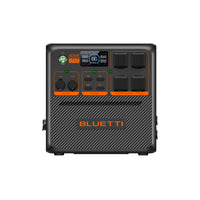
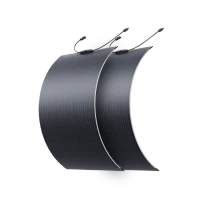
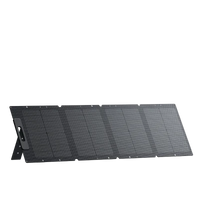
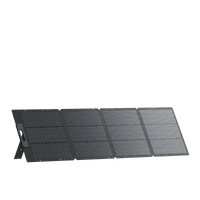
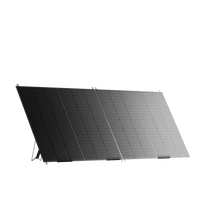

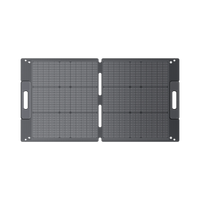

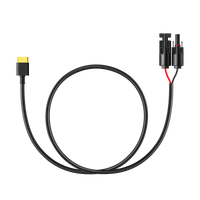
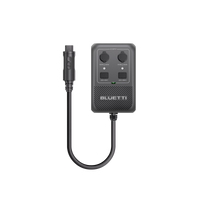
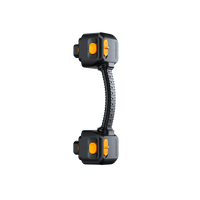
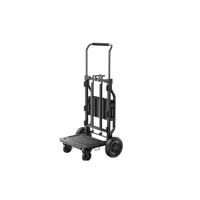
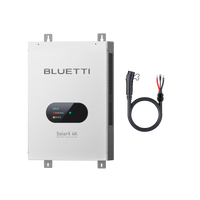
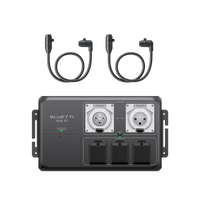
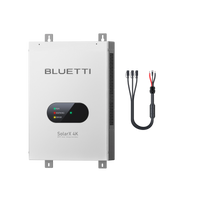
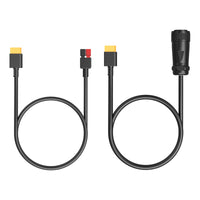
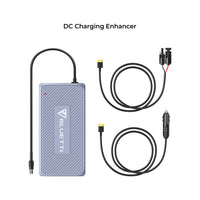
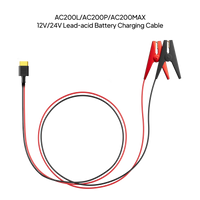
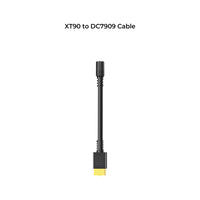
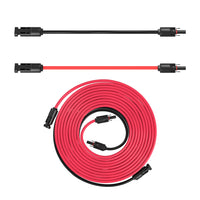
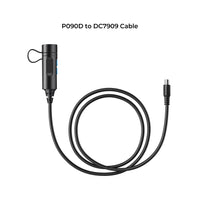
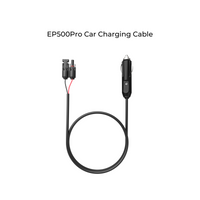
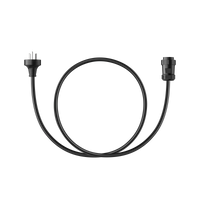
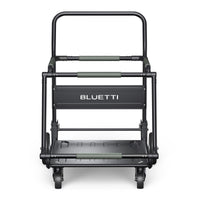
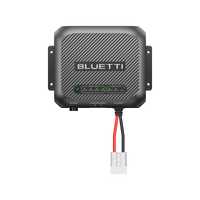
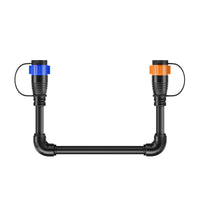



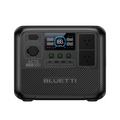
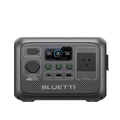
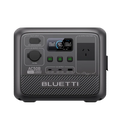


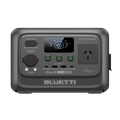
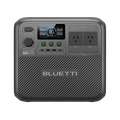
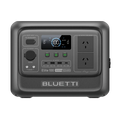
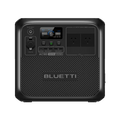
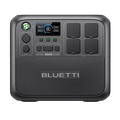
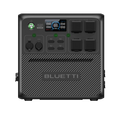
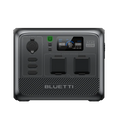
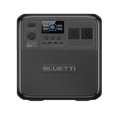


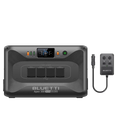

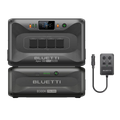
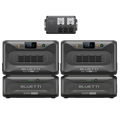




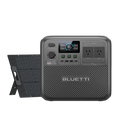
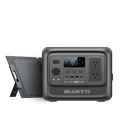
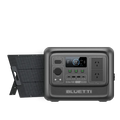
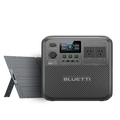
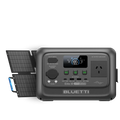
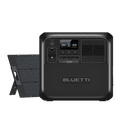
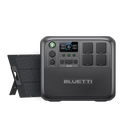
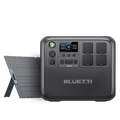




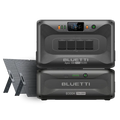
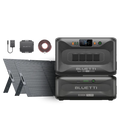
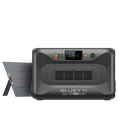
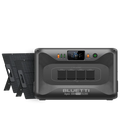
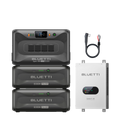

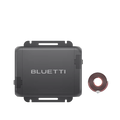
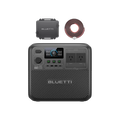
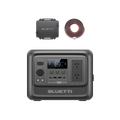
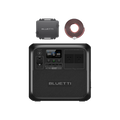
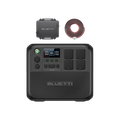
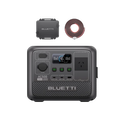
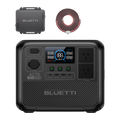
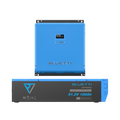
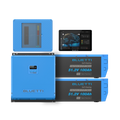
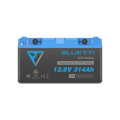
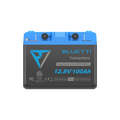
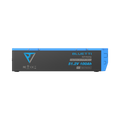
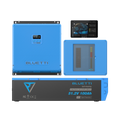
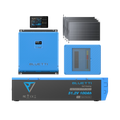
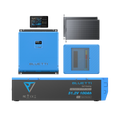
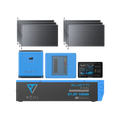
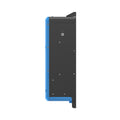
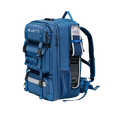
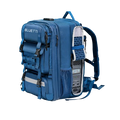
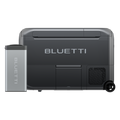
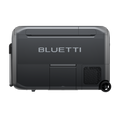
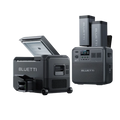
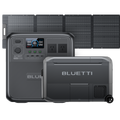
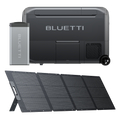
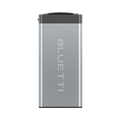
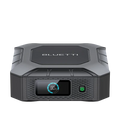
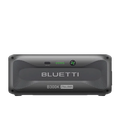

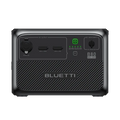
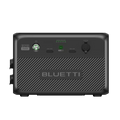
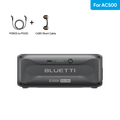
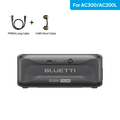
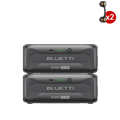
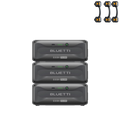




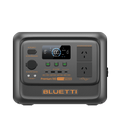
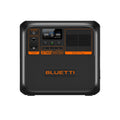

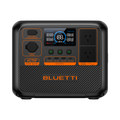
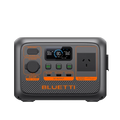
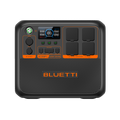
![[Phased Out] BLUETTI B80P Expansion Battery | 806Wh](http://www.bluettipower.com.au/cdn/shop/files/202310025B80P_2000-2000px_4_4caa0c1c-4dab-4272-9e9b-2b7507e5bd81.jpg?v=1713777870&width=120)
![[Phased Out] BLUETTI B210P Expansion Battery | 2,150Wh](http://www.bluettipower.com.au/cdn/shop/files/2_08cf9ef3-03a4-4489-b641-d3edb8094896.webp?v=1716016566&width=120)
